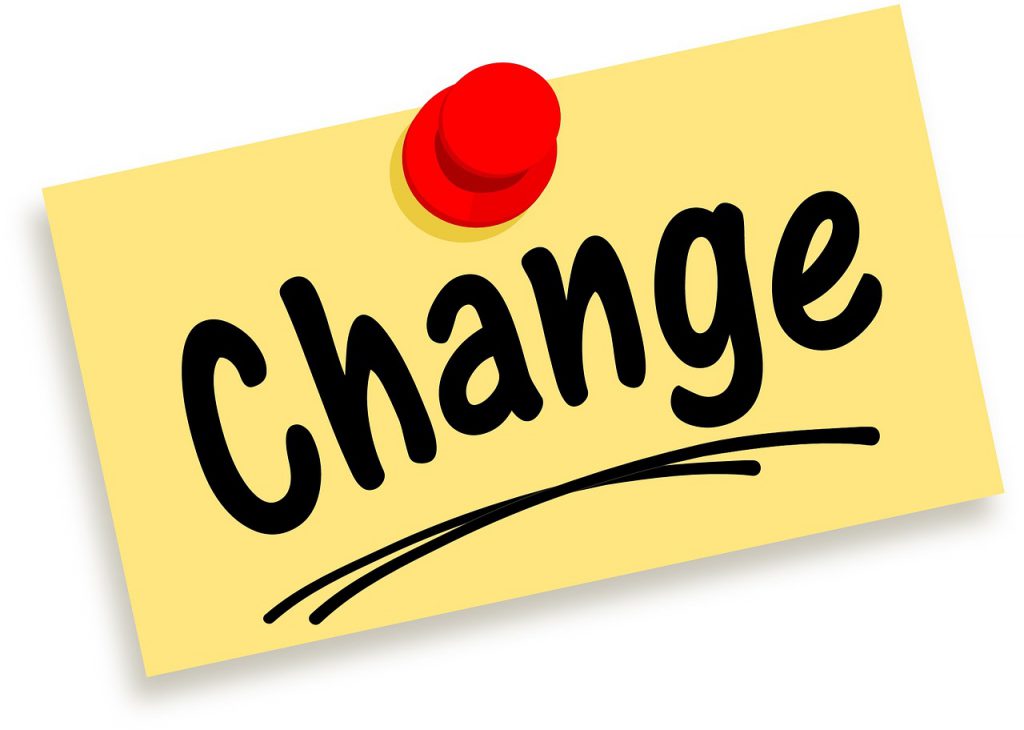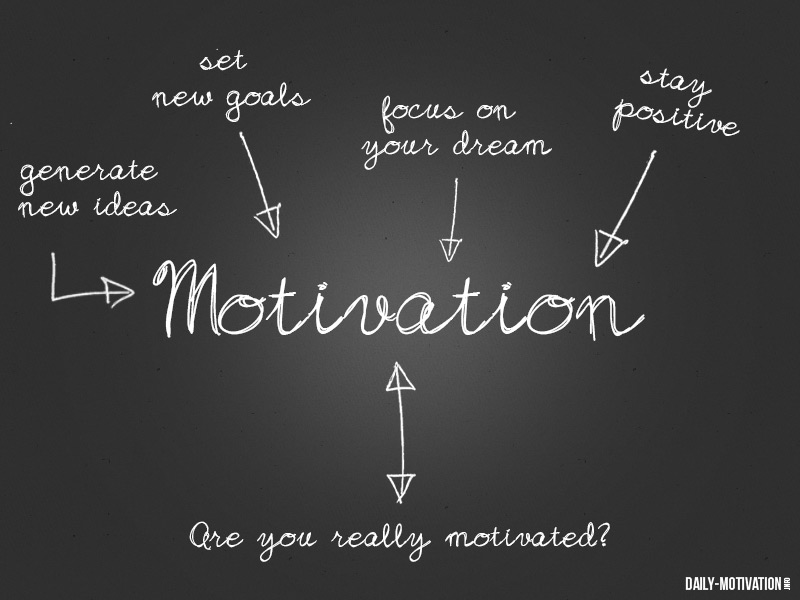As the COVID-19 wave rearranges major working drifts, recruiters and HR working professionals must think and enforce new plans for managing employees. Several HR trends have arrived because of COVID-19. It changed the entire definition of the workplace and workforce now.
Gartner Survey showcases the data where 800+ HR leaders agree that COVID led to the disruption. The requirements for those leaders have been evaluated. Now the firms have to rely on and enforce new management, operations and strategic plans to meet the objectives.
After COVID-19, 32% of the firms are hiring virtual assistants or freelancers after replacing full-time employees. The reason behind such an act is to promote cost- savings.
According to Brian Kropp (The Vice President of Gartner), “the business leaders have to get familiar with the large-scale shifts transitioning which is also influencing the work of the people and the way they do the business. The boss who listens and incorporates new trends in the work environment can ensure that their firm will outshine its competitors. Now HR drifts demonstrate a boost in available shifts.

Now to know more let’s take a deep dive into the cool oceans of new trends which aroused post-COVID-19.
- Major emphasis on remote working- A recent Gartner Survey poll depicted that 48% of the workers are ready to do work from different remote areas. These statuses are now compelling firms to enforce remote working instead of workplace shifts. For performing distinct operations, the members have to be available on digital platforms. Collaboration needs to happen with the support of distinguished strategies as per the requirements. Although, HR has to consider the circumstances and then set the goals. Last but not the least, the employee evaluation should be done after keeping remote working in consensus.
- Tremendous gathering of Data- After the accumulation and interpretation of the data, it was extracted that 16% of the employers are utilizing technologies constantly. Supervisors are also supervising their employees through devices. This practice is known as virtual clocking in and out. This method supports supervisors to check the employee’s emails and internal chat with colleagues. On the other hand, other firms are using virtual clocking to check the level of productivity, others track employee engagement. So, in simple terms, virtual clocking is used in different ways by different firms.
Before the emergence of COVID–19 also, firms started to rely on non-traditional ways of communication and employee experiences tools. But now this HR trend will get revamped by new monitoring systems. The updated system will also collect the health and safety data of the employees. So, it is better to get in touch with new upgraded employee information and data interpretation tools.

- Responsible Employees Expansion- The budget ambiguity has made several people lose their jobs and if they didn’t lose their jobs they received deducted payments. These circumstances exposed employees for the very first time. These employees witnessed nonstandard work models. Many firms narrowed their contractors’ budget because of the pandemic. But according to certain reports, it is depicted that there might be an expansion for liable employees to ensure a flexible working environment. It will further introduce new business models. If this practice is implemented then we can see the 80% pay for 80% work model.
- Separation of Critical Attributes and duties- Pre COVID-19, critical role was referred to as the critical attributes or the abilities which organizations were looking forward to meeting the mission and vision of the firm. Now toilers are believing that critical roles can be a new category. And it will be referred to as the roles that are important to the success of crucial workflows. To create the workforces, the workers have to focus less on roles- which group unrelated skills- than on the capability to accelerate the competitive nature of the firm and to ignite the organization’s fuel to get advantageous results.

So, it is better to motivate employees to build critical thinking ability that can potentially carve out new career paths for the future. It will help them to develop their careers rather than polishing skills for one specific vocation. HR tries to offer greater career development assistance to employees who are not capable enough to think critically.
- Humanization of the Employees- After the pandemic, some firms witnessed or experienced the humanitarian crises and laid more emphasis on the human well-being of employees as staff. Other than that, others have pushed staff members to work under high pressure and risks with little assistance- treating them as robots or machines first then as human being.
So, to promote the essence of growth and productivity in the firm, be deliberate. Try to enact the approach after reaching a consensus. Be mindful of the employee experience. Create a proper culture or work environment for both on-site and remote employees to terminate the feeling of biasness.
-Hruditya Kumar






